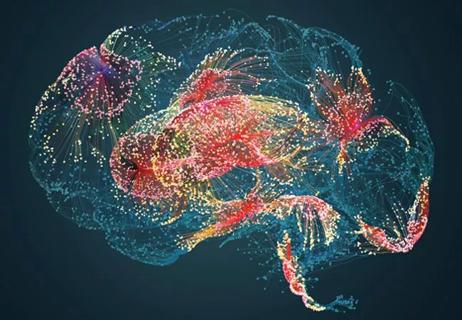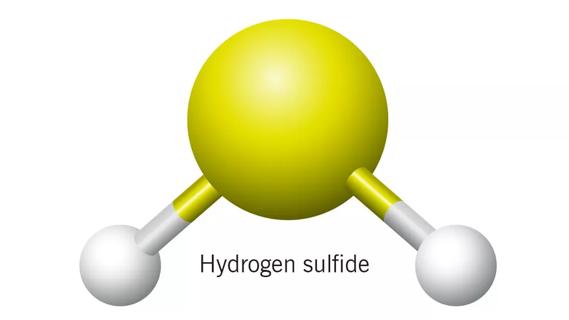Discovery of mechanistic links may lead to new therapies
A new study from the labs of Justin Lathia, PhD, and Ofer Reizes, PhD, both of the Department of Cellular and Molecular Medicine, identifies a never-before described survival pathway in cancer stem cells (CSCs) that may serve as a potential target for new triple-negative breast cancer (TNBC) treatment therapies.
Cleveland Clinic is a non-profit academic medical center. Advertising on our site helps support our mission. We do not endorse non-Cleveland Clinic products or services. Policy
Researchers believe that CSCs are at the heart of why many cancers, including TNBC, are so difficult to treat. CSCs self-replicate, rapidly grow and spread, and change their phenotype in response to the tumor environment. Drs. Lathia and Reizes previously discovered a key CSC pathway in endometrial cancer, and Dr. Lathia’s work on CSCs in glioblastoma uncovered key characteristics of CSCs.
For TNBC patients, typical hormone therapy that blocks cancer cells from interacting with hormones fails because TNBC cells lack the receptors needed to bind to these hormones and growth factors. Survival rates are poor for patients with TNBC.
The team studied a protein called connexin 26 (Cx26). While once believed to suppress tumors, recent research suggests that connexins may actually support tumor progression and metastasis by aiding in cell-to-cell communication. The researchers compared healthy breast tissue to TNBC tissue and found that Cx26 is the most abundantly expressed connexin in diseased tissue relative to normal breast tissue. They also observed that Cx26 levels are higher in CSCs than non-CSCs and, surprisingly, that the protein is expressed inside the cell rather than on the cell surface.
The researchers determined that Cx26 expression is positively correlated with expression of the protein NANOG. NANOG is important for transcription and contributes to CSCs’ pro-cancerous ability to change phenotypes and thereby evade treatment. When Cx26 expression was inhibited, NANOG expression decreased. When Cx26 was overexpressed, NANOG expression increased. These results suggest that Cx26 and NANOG are mechanistically linked.
No previous research demonstrates a direct relationship between the two proteins, however. In search of the missing piece that associates them, the team conducted immunoprecipitation studies to understand Cx26’s and NANOG’s binding patterns. They found that both independently interact with focal adhesion kinase (FAK), which plays an important role in TNBC stem cell maintenance and self-renewal. Various tests and analyses — including silencing and overexpressing each of the three proteins — revealed that Cx26, NANOG and FAK form an intracellular ternary complex and regulate the expression and activity of each other.
Additional research is needed, but this discovery suggests that inhibiting Cx26, and by extension the Cx26/NANOG/FAK complex, may be a promising new strategy for stopping or preventing TNBC CSCs from self-renewing and spreading. It may also offer a target for diagnostic testing that can help clinicians predict health outcomes and relapse-free survival for patients who exhibit Cx26/NANOG/FAK gene expression.
This study was published in Nature Communications and was supported by a co-PI (R21 CA191263). Dr. Reizes holds the Laura J. Fogarty Endowed Chair for Uterine Cancer Research at Cleveland Clinic.
The work in the Reizes laboratory is also supported by Cleveland Clinic Foundation, Clinical and Translational Science Collaborative of Cleveland (UL1TR000439), Case Comprehensive Cancer Center (P30 CA043703), Cleveland Clinic VeloSano Bike Race, and the Laura J. Fogarty Endowed Chair for Uterine Cancer Research (O.R.). The Lathia laboratory also receives funding from the NIH grants NS089641, NS083629, and CA157948; a Distinguished Scientist Award from the Sontag Foundation, a Research Scholar Award from American Cancer Society, Blast GBM, Cleveland Clinic VeloSano Bike Race, and Case Comprehensive Cancer Center.

Large-scale joint study links elevated TMAO blood levels and chronic kidney disease risk over time

Investigators are developing a deep learning model to predict health outcomes in ICUs.

International collaboration is most genetically diverse study of the disease to date

Preclinical work promises large-scale data with minimal bias to inform development of clinical tests

Cleveland Clinic researchers pursue answers on basic science and clinical fronts

Study suggests sex-specific pathways show potential for sex-specific therapeutic approaches

Cleveland Clinic launches Quantum Innovation Catalyzer Program to help start-up companies access advanced research technology

Research project aims to pinpoint biomarkers that could speed diagnosis